Researchers used artificial proteins called "TALENS" (transcription activator-like effector nucleases), to cut through the DNA double helix of mice at a specific location. Scientists have only recently begun to use these new genetic scissors to perform genetic alterations at the cellular level. "Our team has now succeeded for the first time to bring the TALENS artificial genetic material directly into the genome of a living organism," said Dr. Marc Beyer of the Life and Medical Sciences (LIMES) Institute, University of Bonn.
The method takes advantage of the natural mechanism by which cells repair hereditary defects, whereby the cuts in the DNA repair – by homologous recombination – with a modified DNA sequence, which can be used to introduce new genetic material into the genome of the target cell.
An important protein for the function of immune cells is SATB1. "We have now used this technique on SATB1, to show that it is possible to introduce new genetic information into the genome of a fertilized mouse cell. The special feature of our approach is that we have a set a very complex DNA fragment for the repair and so were able to generate a conditional knockout mouse with simultaneous reporter function in one step.” says Dr. Beyer.
In summary, this is an important step to significantly simplify the process of generating new animal models and to half the time required to establish a new mouse model. In future, this technique could be used, for example, in humans to treat inborn genetic defects, in which the affected gene segment would be replaced with a healthy portion.
Publication: Efficient genome engineering by targeted homologous recombination in mouse embryos using transcription activator-like effector nucleases”, Nature Communications, DOI: 10.1038/ncomms4045
Contact:
Dr. Marc Beyer (Prof. Schultze Lab)
LIMES (Life and Medical Sciences Bonn)
University of Bonn
Tel. 0228-73-62792
E-Mail: marc.beyer@uni-bonn.de






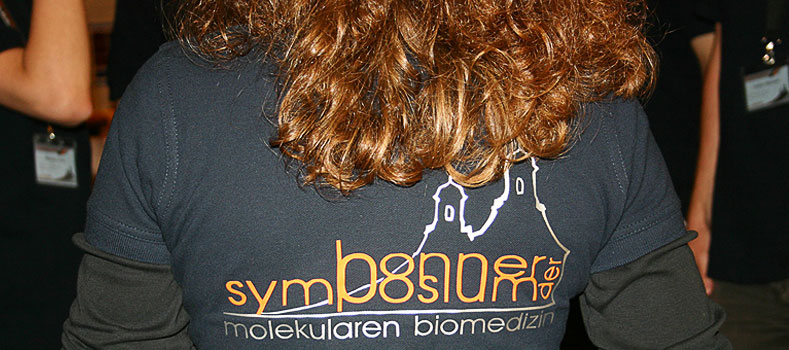
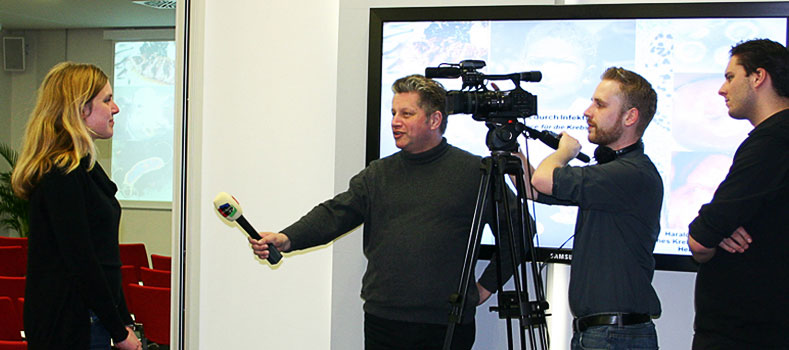

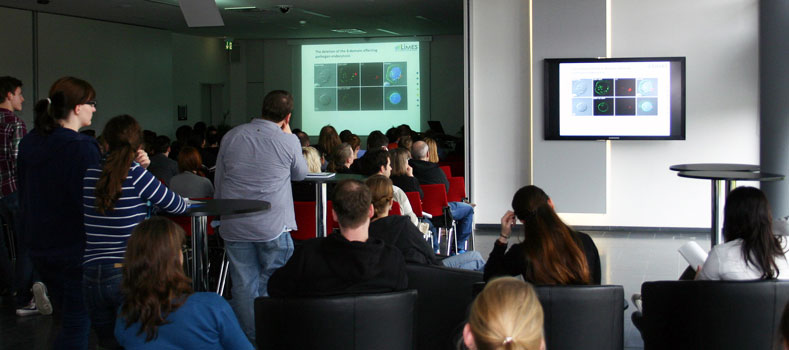

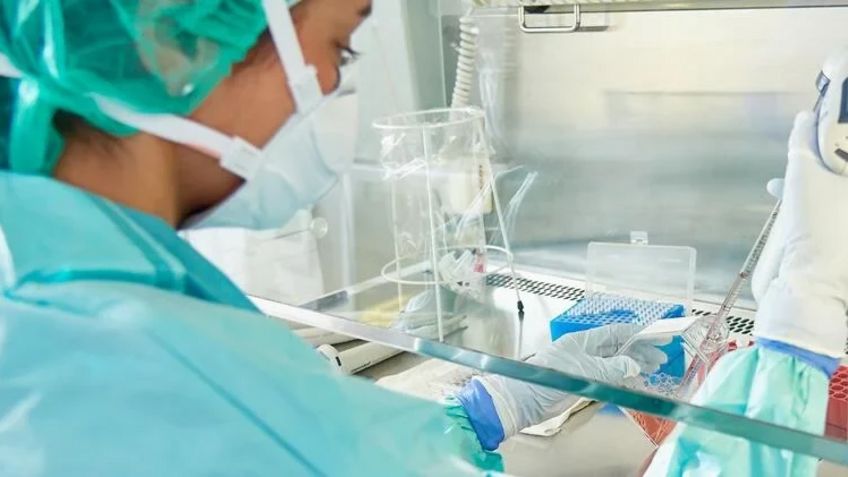
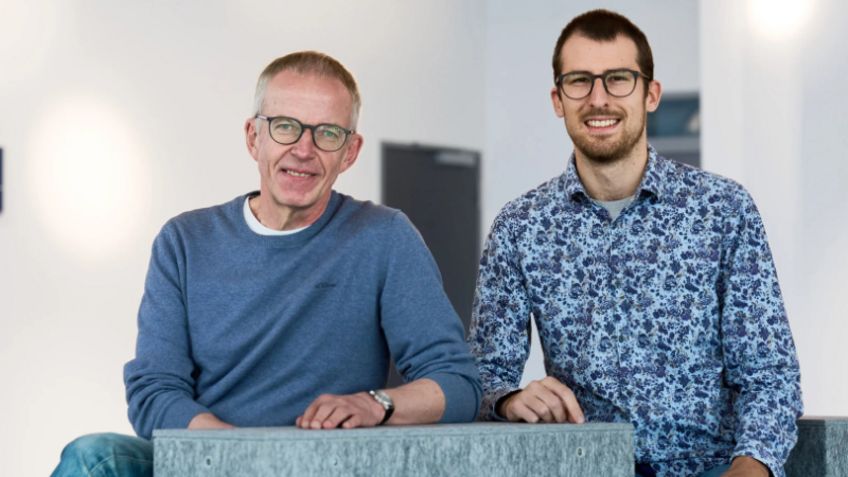
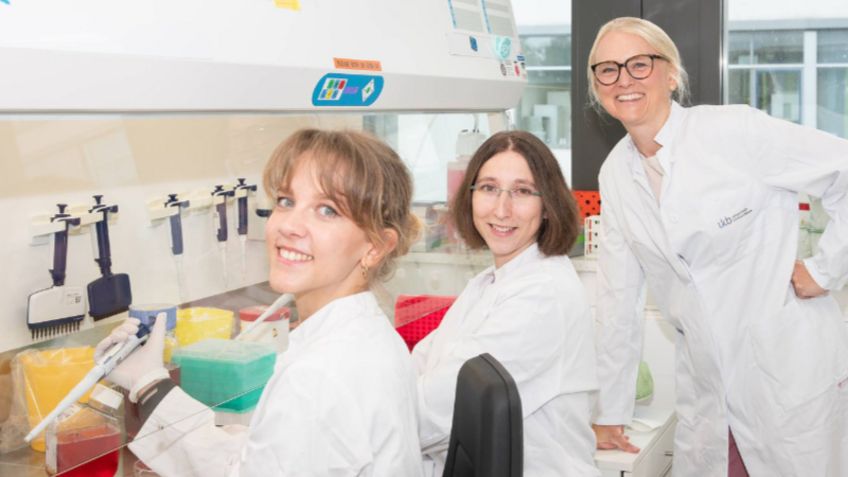
![[Translate to englisch:] Dr. Marc Beyer (links) und Daniel Sommer vom LIMES-Institut der Universität Bonn [Translate to englisch:] Dr. Marc Beyer (links) und Daniel Sommer vom LIMES-Institut der Universität Bonn](/fileadmin/_processed_/d/d/csm_Beyer-P-Lannert-uni_beyer_201213_1_33b9e25ec1.jpg)